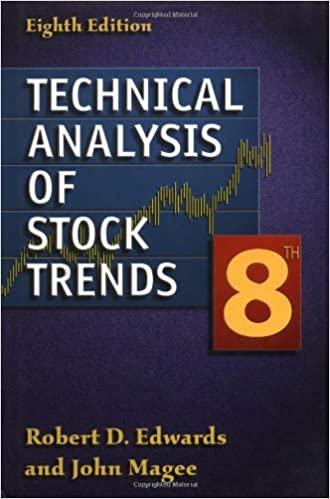Question
From the finance theory, the Capital Asset Pricing Model postulates a relationship between the returns on a particular security and the market return. An asset's
From the finance theory, the Capital Asset Pricing Model postulates a relationship between the returns on a particular security and the market return. An asset's risk premium is represents the excess of its returns over the risk free rate. Assets having risk premia that fluctuate less than one-for-one with the market are called defensive assets, and those whose risk premia fluctuate more than one-for-one with the market are called aggressive assets.
From a sample of 135 monthly observations from February 2002 to April 2013, the estimation of the CAPM model for GE yielded the following results:
(rGE-rtbill) = 0.050 + 1.296 (rS&P500-rtbill)
= (0.513) (0.1003)
R2 = 0.5565
where:
- rGE = GE returns
-rtbills = US Tbills returns
-rS&P500 = returns on the S & P500 index
Over the same 135 months period above, the CAPM estimation for XYZ security and the S&P 500 yielded a beta coefficient of 0.214, with acoefficient standard error of 0.186.
a) Form and interpret a 95% confidence interval for XYZ beta.
b) With a 5% significance, would you say that XYZ securities have no systematic risk, i.e that movements of its shares are completely unrelated to movements in the market?
Please show work. Thank you!
Step by Step Solution
There are 3 Steps involved in it
Step: 1

Get Instant Access to Expert-Tailored Solutions
See step-by-step solutions with expert insights and AI powered tools for academic success
Step: 2

Step: 3

Ace Your Homework with AI
Get the answers you need in no time with our AI-driven, step-by-step assistance
Get Started


